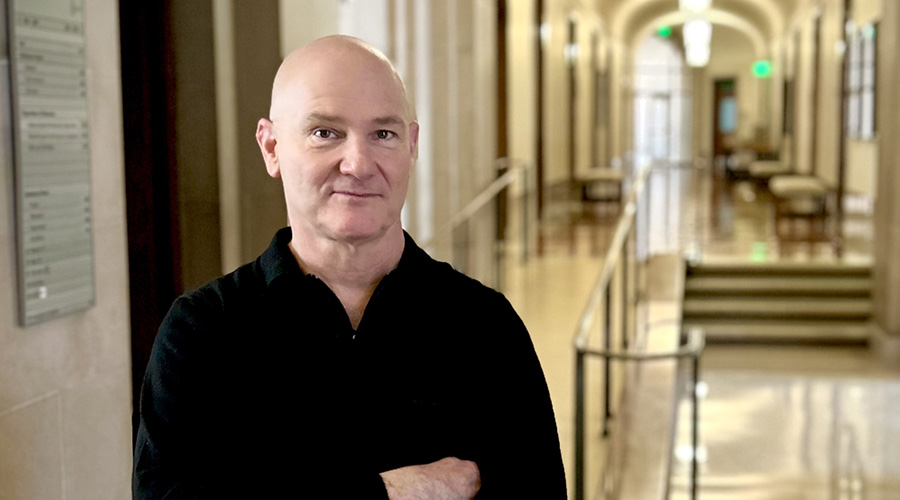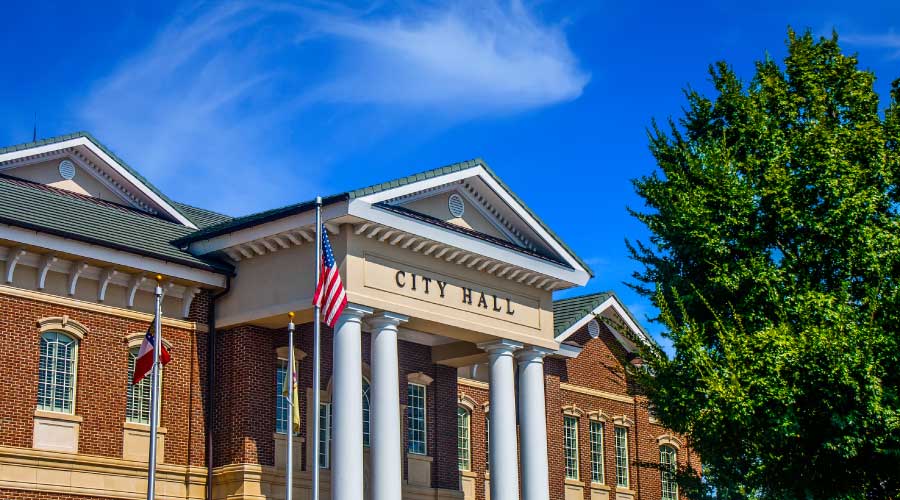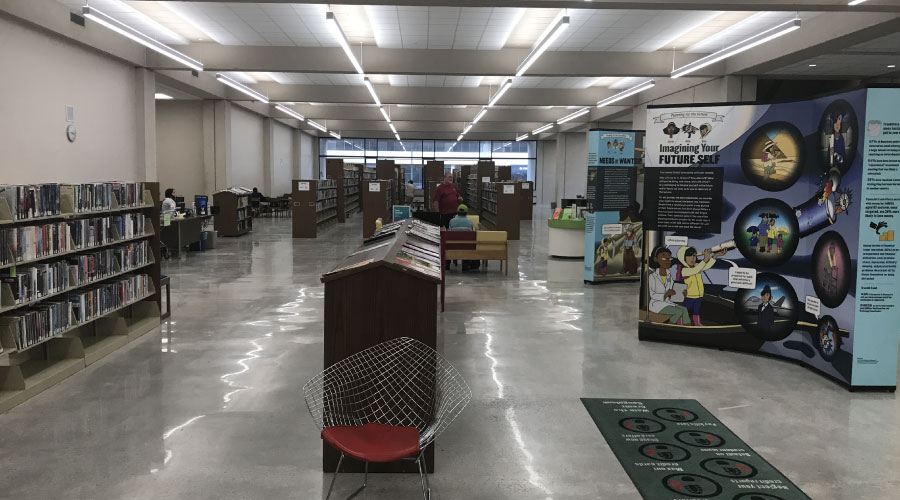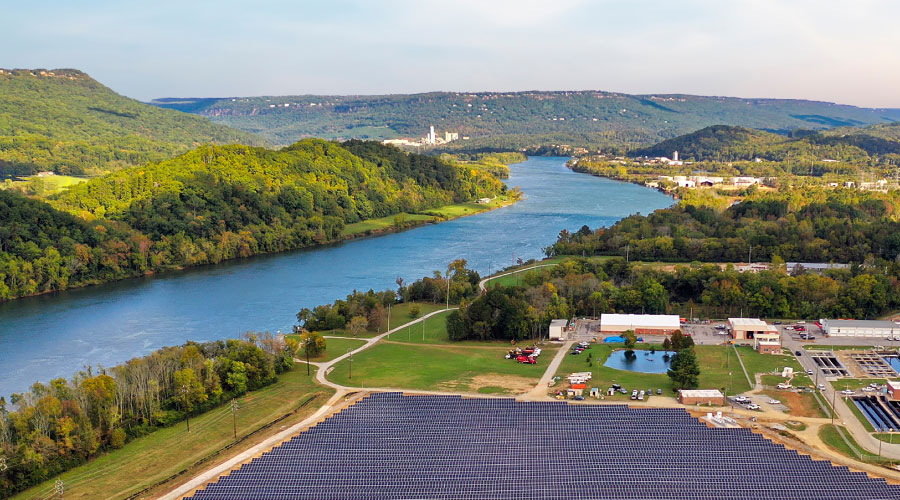Bean Center Uses Ample Roof Space for Solar Tests, Generates Own Power
Part 2 of a 3-part article showing how the federal government is using high-performance best practices.
Major General Emmett J. Bean Federal Center, Indianapolis, Ind. — This enormous 1.4-million-square-foot facility is the second-largest military facility in the country after the Pentagon. It’s like a “skyscraper lying on its side,” says Todd Reeder, supervisory property manager for GSA. In 2011, the facility used American Recovery and Reinvestment Act funds to install an enormous 2 MW photovoltaic array on the building’s ample roof space. The array, a high-efficiency crystalline system, was projected to provide 6.8 percent of the building’s energy, but actually provides 7.9 percent and saves about $500,000 per year on electricity costs.
But in addition to this array, the building also includes four “laboratory-scale” arrays to test four other types of solar technologies: medium efficiency crystalline silicon (c-Si) flat plate modules, amorphous silicon (a-Si) laminates, copper-indium-gallium-selenide (CIGS) cylindrical tubes, and cadmium telluride (CdTe) flat plate modules.
The project, says Reeder, was inspired by the fact that nobody knew which type of solar technology would perform best in the Midwest. So the test arrays, each about 3 kW, were sized exactly the same for comparison purposes.
“We just wanted to evaluate other technologies to consider using them for ourselves, and to pass that knowledge on to others,” says Reeder.
The results were mixed, depending on a number of factors, like cloud cover and solar angle, though the medium-efficiency c-Si showed the best efficiency at 13.4 percent. The final report on the experiment can be viewed here.
Lead photo credit: Gilbane Construction
Related Topics:














